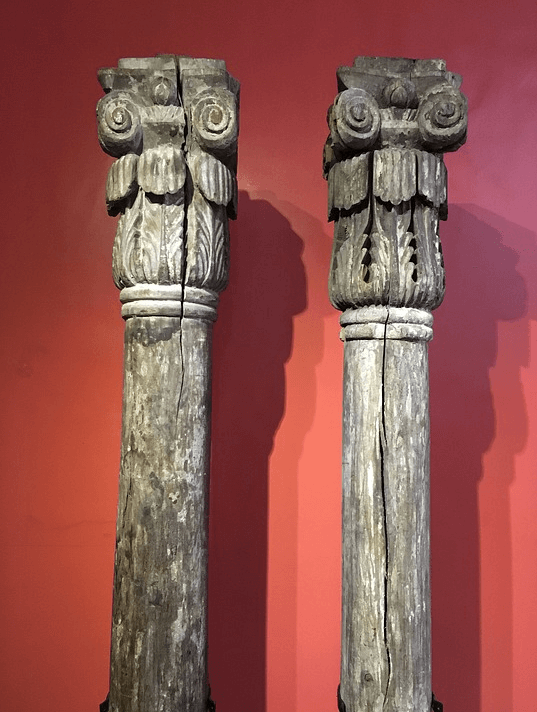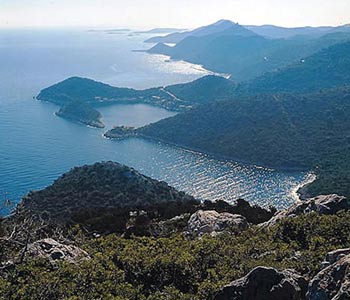Cultural tourism Island Lastovo
Cultural tourism and cultural experiences attract travelers searching for authentic cultural attractions, heritage sites, museums, and unique cultural tours. With the option of online booking, visitors can easily plan journeys full of art, history, and local traditions. Discover fascinating stories, explore crafts, and connect with diverse cultures through guided tours, exhibitions, and workshops. Whether you seek inspiration, education, or unforgettable memories, cultural tourism offers enriching adventures for every traveler. Start your cultural travel today and unlock a world of timeless beauty and creativity.
Cultural tourism Island Lastovo FAQ
The Lastovo Archipelago is one of the richest and best preserved botanical areas in the Mediterranean.
The flora on Lastovo is determined by the isolation of the open sea, plenty of sunlight and night humidity, as well as the special and deep Lastovo soil. There are 810 species recorded so far, including endangered species, species extinct elsewhere, endemic and steno-endemic species.
Houses on Lastovo are adorned with Mediterranean plants growing around them: almond, lemon, orange, palm and carob trees. This environment also suits medicinal plants such as sage, mint, milfoil, rosemary, lavender, fennel and camomile. Grapevines and olive trees predominate among cultivated plants.
Of the island’s 38 churches and chapels, some preserved, some ruinous, 21 are registered as protected cultural goods. Lastovo’s inhabitants had them built for saints to watch over them on their daily life paths and protect them from hardships and illnesses. The oldest church – an Early Christian basilica in Ubli dates back to the 6th century. The oldest preserved chapel is St. Luke’s from the 11th century. The Parish Church of Sts. Cosmas and...
Tourist offers Island Lastovo
Gastronomy Island Lastovo
Health Tourism Island Lastovo
Active Tourism Island Lastovo
Culture Tourism Island Lastovo
Nightlife Island Lastovo
Transfers Island Lastovo
Events and entertainment Island Lastovo
Excursions Island Lastovo
Hotels in Island Lastovo
Private accommodations in Island Lastovo
Tourist resorts in Island Lastovo
Holiday houses in Island Lastovo
Villas with Pool in Island Lastovo
Camps, mobile homes in Island Lastovo
Boat rental in Island Lastovo
Farm holidays in Island Lastovo
Hostel in Island Lastovo
Cultural tourism Island Lastovo Offer



















 Professional serivce
Professional serivce Quality tourist service
Quality tourist service 14 years in business
14 years in business A large number of satisfied guests
A large number of satisfied guests